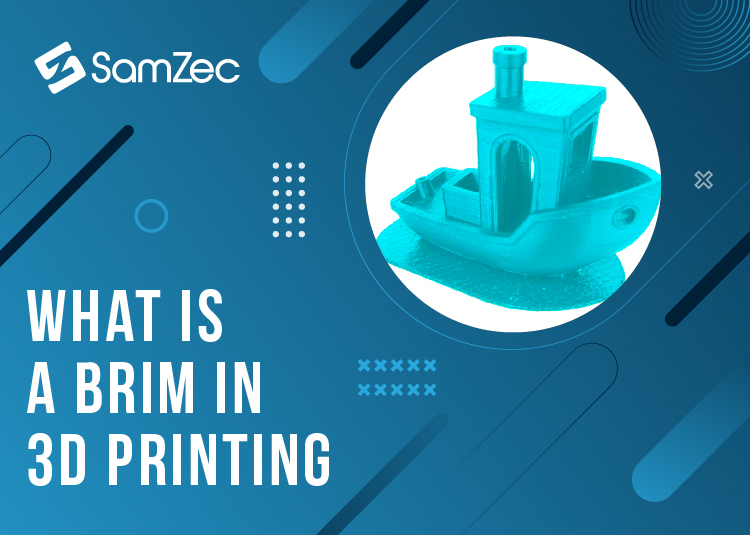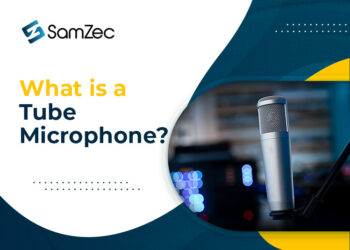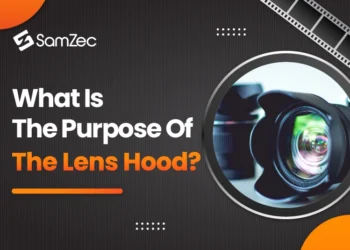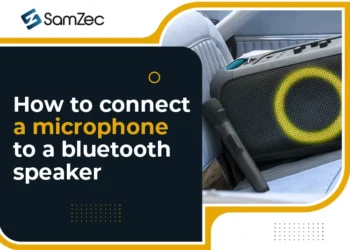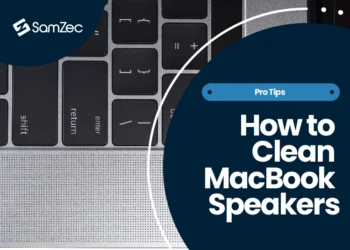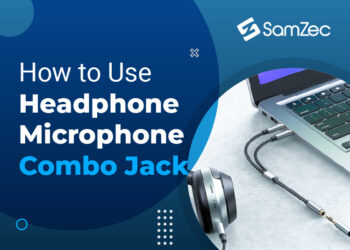A 3D printing brim is a material layer that extends along the print bed from the margins of a 3D print. Brims help to prevent warping and improve bed adhesion.
A brim, unlike a raft, does not extend below the print. It’s also possible to think of it as a skirt that doesn’t go all the way to the printer’s edge.
What is a brim in 3d printing? In terms of 3d printing, a brim is a horizontal plastic edge that is printed around a 3d model. Many users rely solely on a raft to increase the likelihood of a successful print, but a brim can be just as effective. In many cases, it’s even better than a raft. This is because it is simple to remove, wastes less material, and has no effect on the print’s bottom layer finish.
When to Use a Brim
Warping: Because a 3D printing brim works similarly to a raft, it’s also recommended for ABS printing. ABS filaments are prone to warping, which a brim can mitigate by gripping the print’s outer layer and holding it firmly in place.
Poor Bed Adhesion: A brim is attached to the print’s outer edges and can be adjusted in width. By increasing surface contact with the build platform, the brim line count surrounding the print enhances bed adherence. A higher percentage of successful prints is achieved when the bed adhesion is increased.
Prints on the Brink: A brim can be added to each print as a safety measure to ensure better bed adhesion. It’s not necessary when printing with PLA filaments, but since it’s so easy to remove, it’s not a bad idea.
Weak Supports: In cases where prints are large and only a small part at the top of the print requires support, the support structures created are extremely small and can easily break during printing. As a result, providing support for the support structures is always beneficial.
For prints with a narrow base, such as a tower or a char, brims should be used. This contributes to the basic functionality of What is a brim in 3D printing.
Pros & Cons of 3D Printing a Brim
Pros:
- With materials like ABS, it prevents warping.
- Increases the chances of a successful print by improving bed adhesion.
- When compared to a raft, it is relatively simple to remove.
- Doesn’t interfere with the print’s bottom layer
- When compared to a raft, it uses less material.
Cons:
- Generate only a small amount of waste
- To achieve a smooth surface end, touchpoints must be added.
- It’s possible to break the part while removing the brim.
Slicer Settings for 3D Printing a Brim
3D Printing Brim width and line count are two crucial points that we can control in general.
The number of contour lines in the brim is measured in lines, while the width of the brim is measured in millimeters. Up to a point, the greater the number of lines, the greater the strength. However, removing the brim from the print becomes more difficult.
Three to five lines around the print is a common brim line count. This produces a satisfactory result, but it should be tweaked to suit the design, bed temperature, and printer.
How to Create a Clean 3D Print Using a Brim
You can now avoid an unclean print as soon as the circle printed with the brim printing technique touches your print and you notice filament is in the way.
The important thing you should know about What is a brim in 3D printing is that if the print button makes contact with the build plate, the filament may become contaminated in an unexpected location. Simply push the filament aside before the printer nozzle starts applying the material to avoid a messy application.
Many people have abandoned printing altogether, which is a waste of time. If smearing persists, remove the excess filament from the build plate while printing the brim. The brim will be a little narrower as a result of this, but the rest of the print will remain intact.
Conclusion
Brims are a strong go-to option because they require less effort than rafts and provide much more support than skirts. A 3D printing brim can help mitigate problems with bed adhesion and warping for a small amount of extra waste material.
Have you ever wanted to know what is a brim in 3d printing? It is very important for you to know what it is if you are planning to create 3d printed objects. Post-processing is also much easier than with a raft because it doesn’t reach under the 3D print. While it is not always necessary, 3D printing a brim is a good idea if you are in any way unsure.


